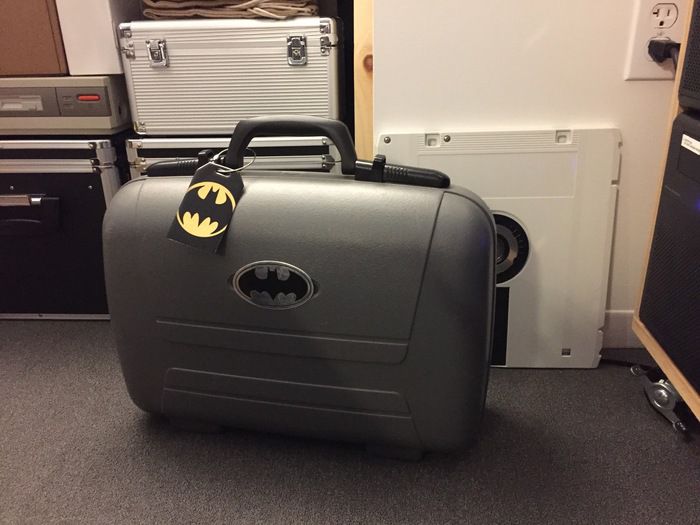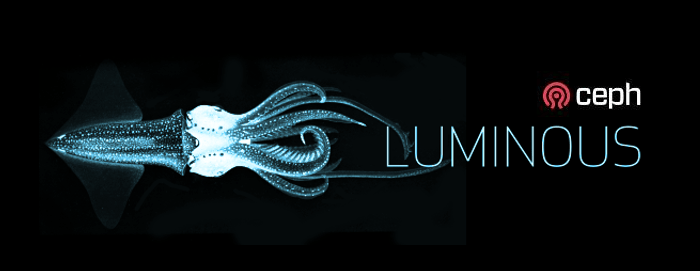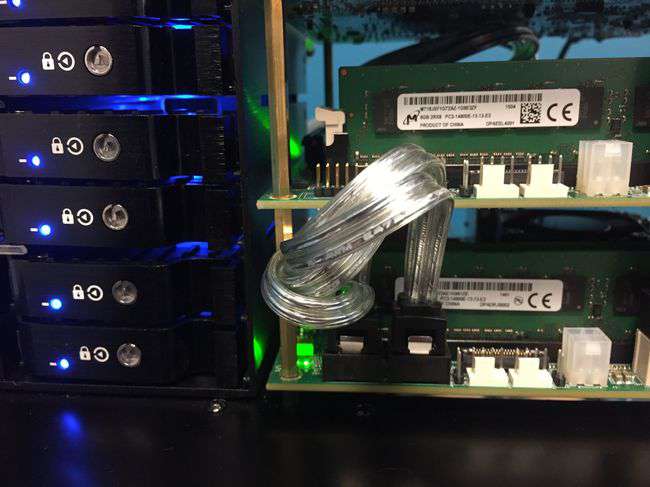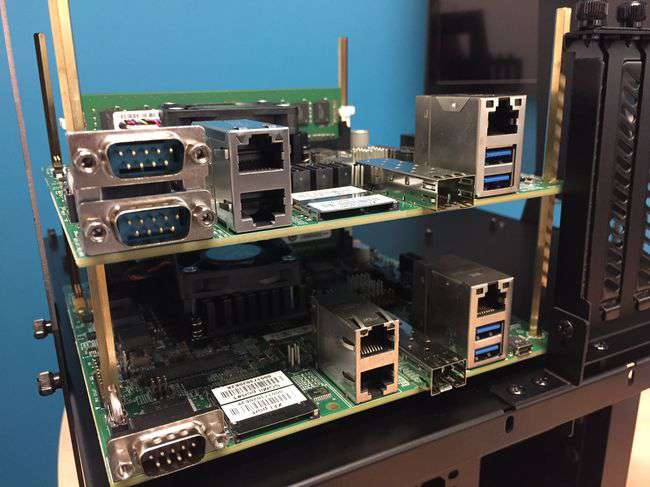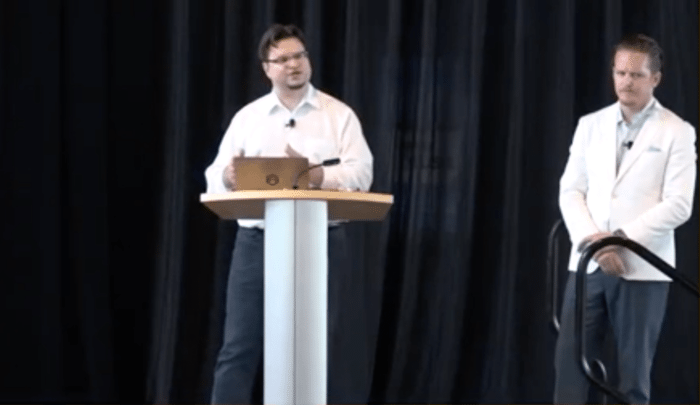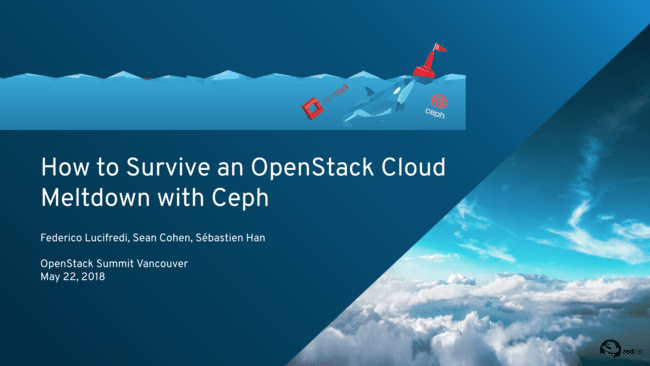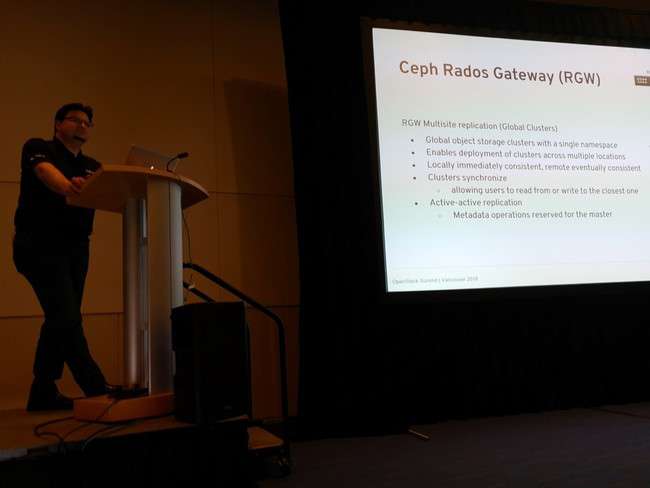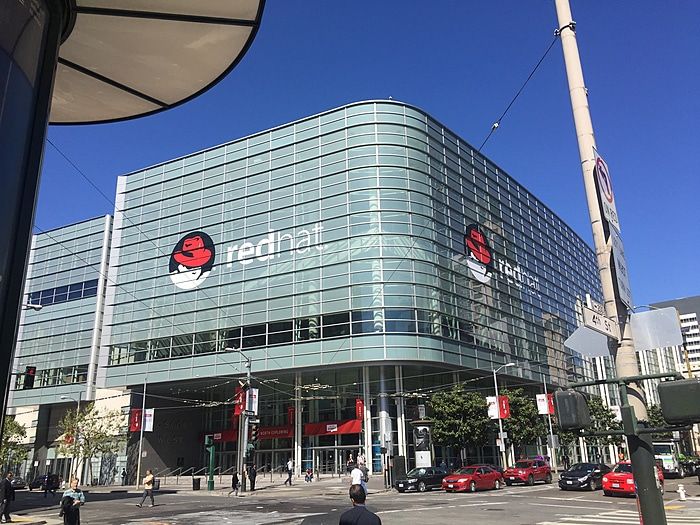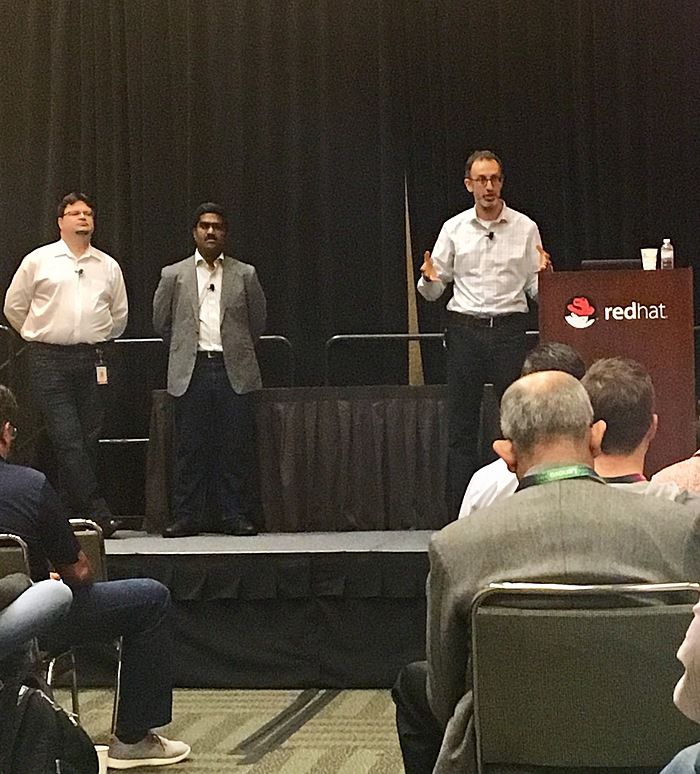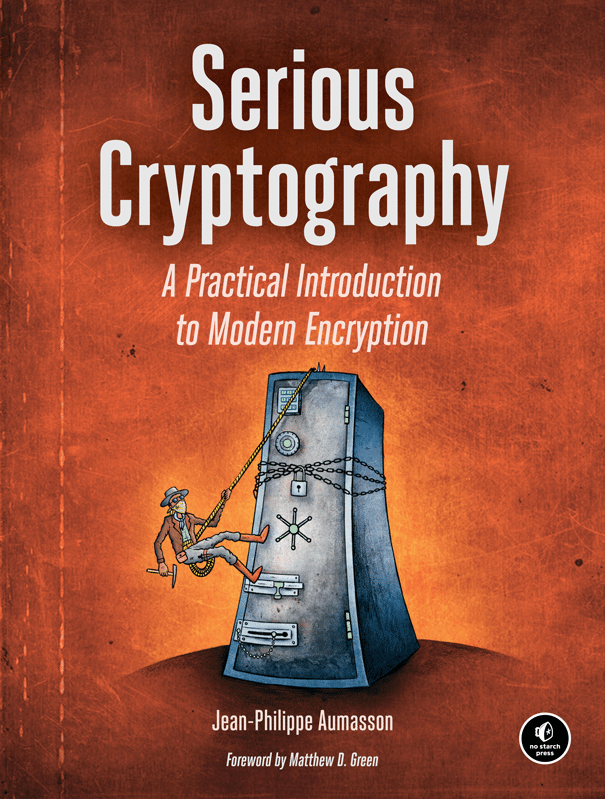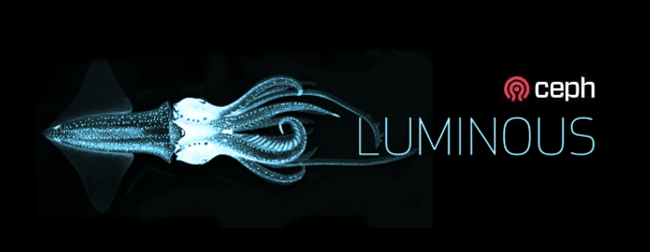The Ceph monitoring challenge
Prometheus, Grafana, and Ansible rise to the task
with Paul Cuzner (Red Hat)
Managing growth in applications and infrastructure is a significant challenge for many organizations as they scale. Every new application or server that’s added to the environment serves a business requirement, so keeping services usable in today’s 24x7x365 world represents both a challenge and an opportunity to meet a higher service level agreement (SLA).
In part 1 of this series, we discussed a SAAS solution to monitor your Ceph storage infrastructure. In this post, we continue the discussion by talking about how Prometheus, Grafana, and Ansible can rise to the challenge of Ceph monitoring.
Understanding the Ceph monitoring challenge
In the past, monitoring a service typically resulted in separate platforms. In today’s enterprise architectures, however, this is both undesirable and operationally...
